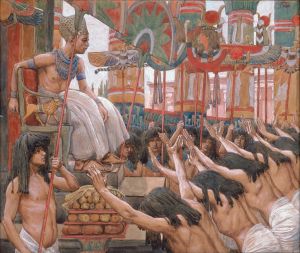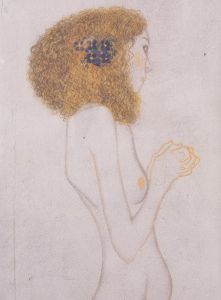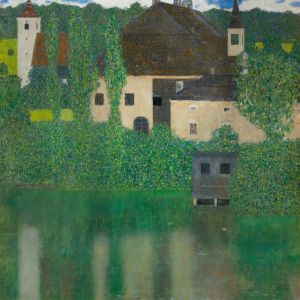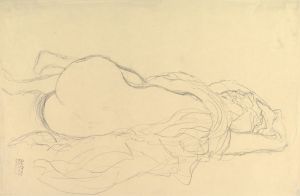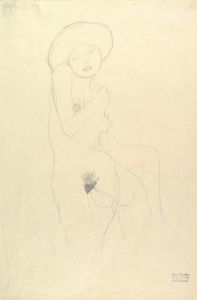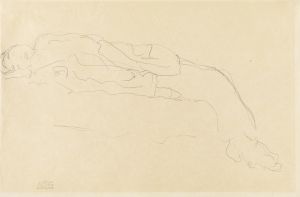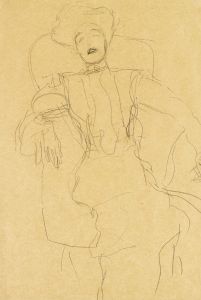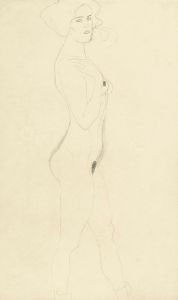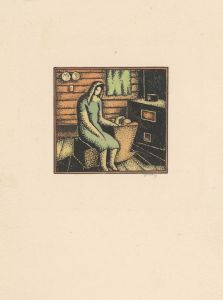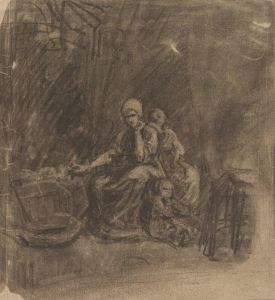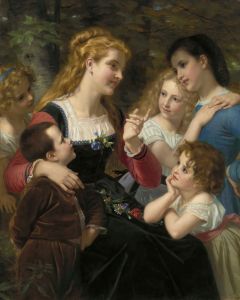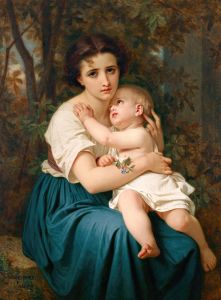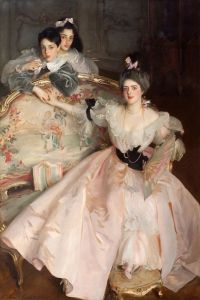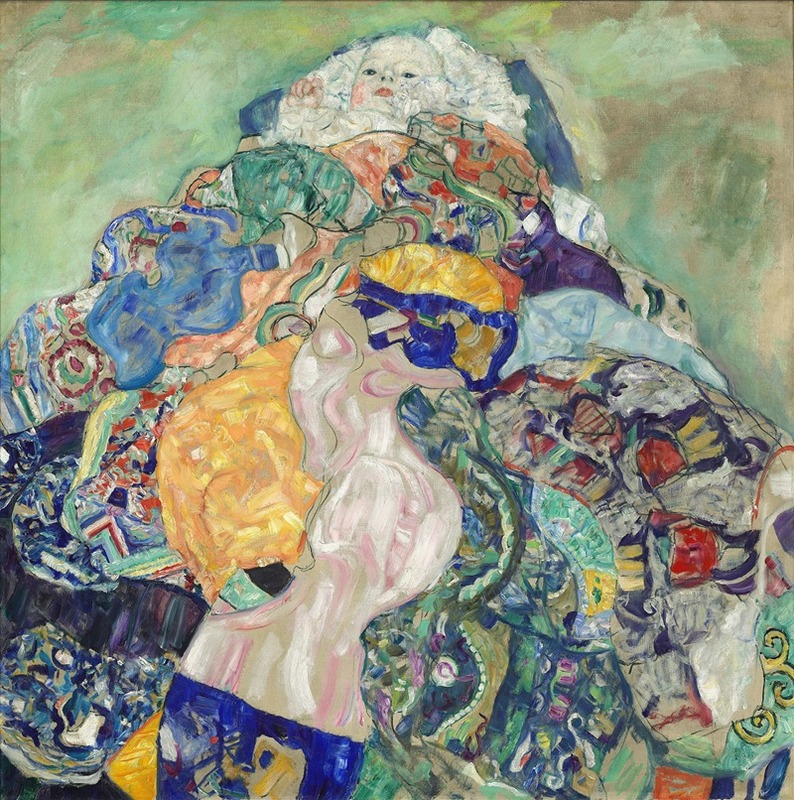
Baby
A hand-painted replica of Gustav Klimt’s masterpiece Baby, meticulously crafted by professional artists to capture the true essence of the original. Each piece is created with museum-quality canvas and rare mineral pigments, carefully painted by experienced artists with delicate brushstrokes and rich, layered colors to perfectly recreate the texture of the original artwork. Unlike machine-printed reproductions, this hand-painted version brings the painting to life, infused with the artist’s emotions and skill in every stroke. Whether for personal collection or home decoration, it instantly elevates the artistic atmosphere of any space.
"Baby" is a painting created by the Austrian symbolist painter Gustav Klimt in 1917-1918. Klimt, born in 1862, was a prominent figure in the Vienna Secession movement, which sought to break away from traditional academic art and explore new artistic expressions. His work is characterized by its elaborate ornamentation, use of gold leaf, and sensual subject matter.
The painting "Baby" depicts an infant lying on its back, swaddled in a richly patterned blanket. The child is surrounded by a vibrant array of colors and intricate designs, which are typical of Klimt's decorative style. The background of the painting is filled with abstract floral and geometric patterns, creating a sense of depth and complexity.
Klimt's use of color in "Baby" is particularly notable. The bright, warm hues of the blanket and the surrounding patterns contrast with the pale, delicate skin of the infant, drawing the viewer's attention to the central figure. The intricate details of the blanket and the background are rendered with a meticulous attention to detail, showcasing Klimt's skill as a draftsman and his interest in decorative arts.
"Baby" is part of Klimt's later body of work, which often featured themes of life, death, and the cycle of existence. The painting can be seen as a celebration of new life, with the infant representing purity and innocence. At the same time, the elaborate patterns and the use of gold leaf suggest a connection to the eternal and the divine, themes that were recurrent in Klimt's oeuvre.
The painting is housed in the National Gallery in Prague, Czech Republic. It is one of the many works that demonstrate Klimt's unique style and his ability to blend naturalistic representation with abstract decoration. "Baby" is a testament to Klimt's enduring influence on the world of art and his contribution to the development of modernism.
Throughout his career, Klimt was known for his portraits, allegorical paintings, and landscapes. His most famous works include "The Kiss" and "Portrait of Adele Bloch-Bauer I," both of which exemplify his distinctive use of gold leaf and intricate patterns. Klimt's work was often controversial due to its erotic content and departure from traditional artistic norms, but it has since been recognized for its innovation and beauty.
In summary, "Baby" by Gustav Klimt is a significant work that encapsulates the artist's decorative style and thematic interests. The painting's intricate patterns, vibrant colors, and symbolic content make it a notable example of Klimt's contribution to the art world.





